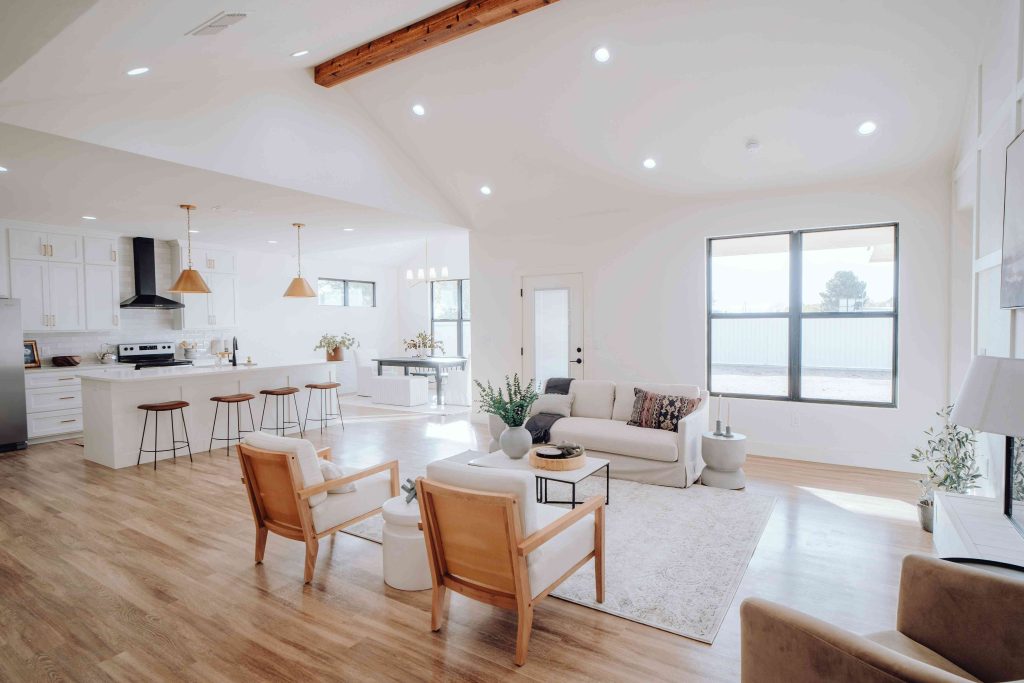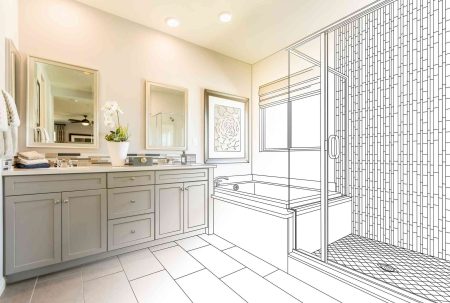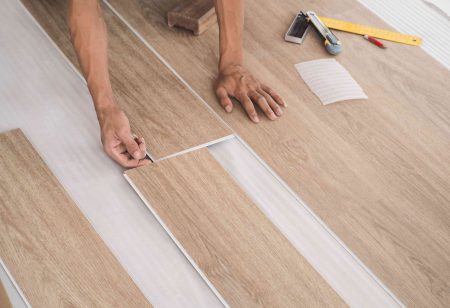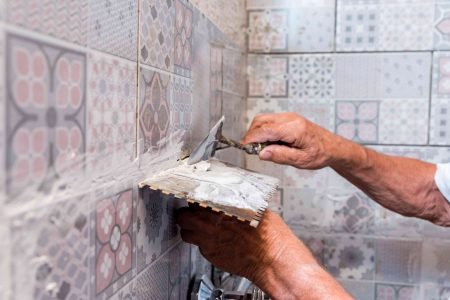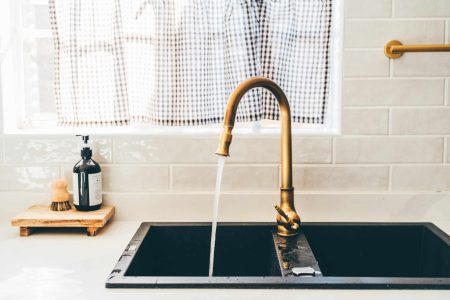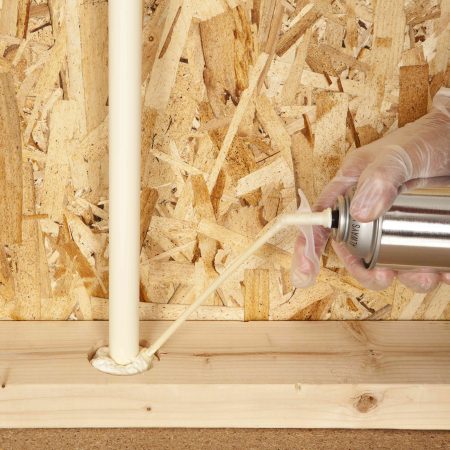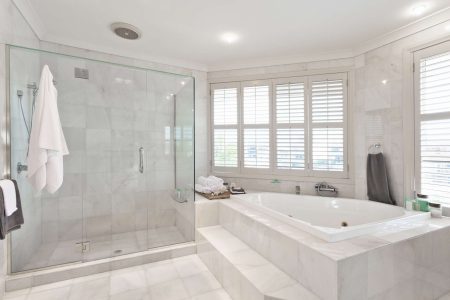Knowing what not to fix when selling a house is as important as knowing what to fix. Large appliances are too expensive to fix or replace, while other items, like window treatments or smart home technology, will probably get replaced by the homebuyer anyway.
Exclude key items from your list of things to fix or replace. This saves time and frustration, while putting more money in your pocket.
Window Treatments
Blinds, shades, curtains, and drapes enhance the appearance of the entire room. So, when window treatments are broken, dirty, and outdated, they make the house look dingy and worn.
It’s tempting to replace the window treatments when selling a house. But the cost of purchasing new curtains or blinds generally isn’t borne out in the house sale.
Remove damaged or outdated window treatments. Buyers will likely want to choose curtains of their own anyway.
Appliances
Appliances like refrigerators, dishwashers, wine fridges, washers and dryers, and stoves become outdated or broken.
Not only are appliances expensive to replace, but the seller has no obligation to repair or replace them. These items typically don’t remain with the house unless specified by the contract.
Remove the large appliances or leave them behind, unrepaired. As with window treatments, homebuyers expect to buy new appliances.
Unfinished Spaces
Your home may have unfinished spaces that are more like blank canvases than actual rooms. Basements are routinely left unfinished by builders. A small bathroom remodel might be in-process next to that guest bedroom.
Unfinished projects are far too expensive to build out simply for the sake of a house sale. Leave them unfinished and let the next owner dream of what to do with them.
Floor Coverings
Floor coverings like carpeting, laminate, vinyl plank, and sheet vinyl gradually wear down. Floor coverings are meant to be occasionally replaced; that’s why they’re called coverings.
Instead of replacement, have carpeting professionally cleaned. Hire cleaners to deep-clean hard floor coverings like vinyl or ceramic tile.
Solid hardwood costs far too much to replace, so sand and refinish it if it is severely damaged.
Windows
Outdated or poor windows are unattractive energy-wasters. Though the homebuyer wouldn’t mind if you bought new windows for them, this would be an extremely generous gift.
On average, windows cost $700 to $1,000 per window, for a total of $10,000 to $15,000 for a medium-size house.
Instead, have a window cleaner clean the windows inside and outside. Touch up paint and clean stubborn stains. Otherwise, leave the windows as they are.
Partial Improvements
It’s not uncommon to start a remodel and then put it on hold. Money or time run short or perhaps you have second thoughts.
In any case, your house may have a partially remodeled guest bathroom, a half-finished basement, or fence posts awaiting a fence.
Save money and leave partial home improvements as they are—unfinished.
Minor Electrical Issues
Many electrical problems like wobbly outlets, switches that don’t work, or dead outlets may have been on your list of annoying things to resolve—for years.
But now is not the time to fix them. Some repairs are inexpensive, but they aren’t worth your time. The home inspector will note them on the inspection report.
Home Technology
Homes are packed with more technology than ever: Nest thermostats, home security cameras, home theater systems, or Ring smart video doorbells.
Upgrading or replacing some types of home technology is expensive. More so, home technology is personal, mobile, and transferable. The wireless video doorbell that you installed is a personal item, and it can easily be removed and installed elsewhere.
Code Violations Allowed Earlier
Building codes are continually in flux. Today’s code may not be applicable to your house as it was ten or twenty years ago.
Code violations that were legal and permitted in the past typically do not have to be updated by the seller.
Remote Places
Homebuyers tend to look at the kitchen, bathrooms, bedrooms, and common spaces. The more remote and minor the area, the less likely it is that buyers will look—or even care—about damage or wear.
Laundry rooms, laundry sinks, outdoor sheds, and carports are too remote to warrant repairs or upgrades. Focus on noticeable areas—like the kitchen or bathroom—instead of replacing the shed roof.
Read the full article here







